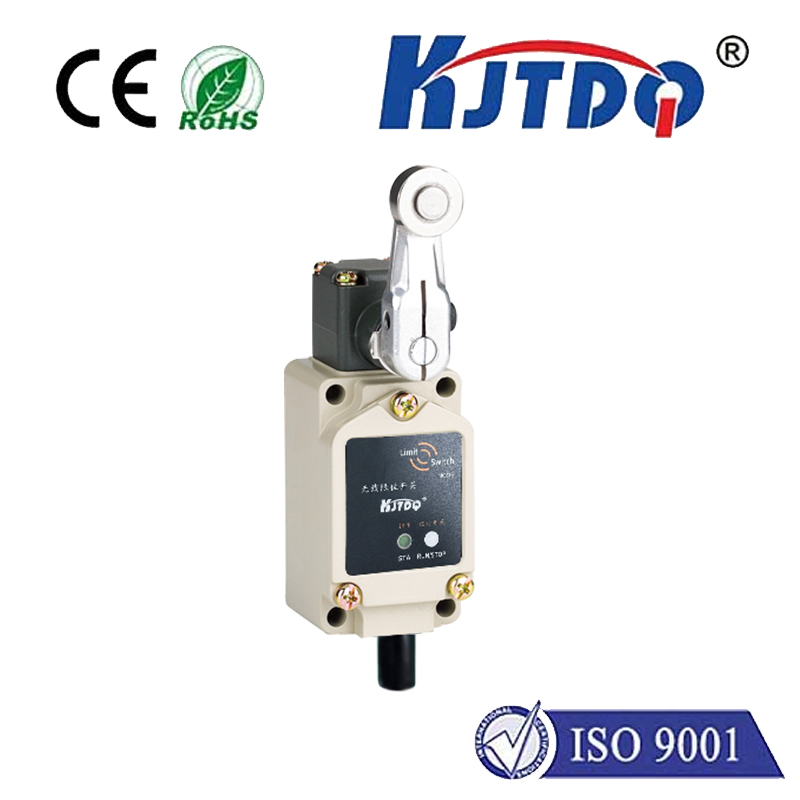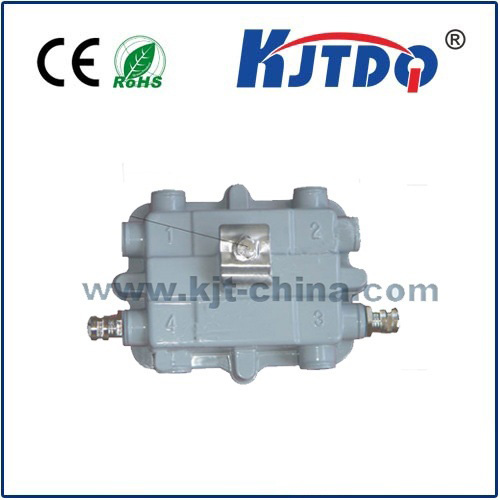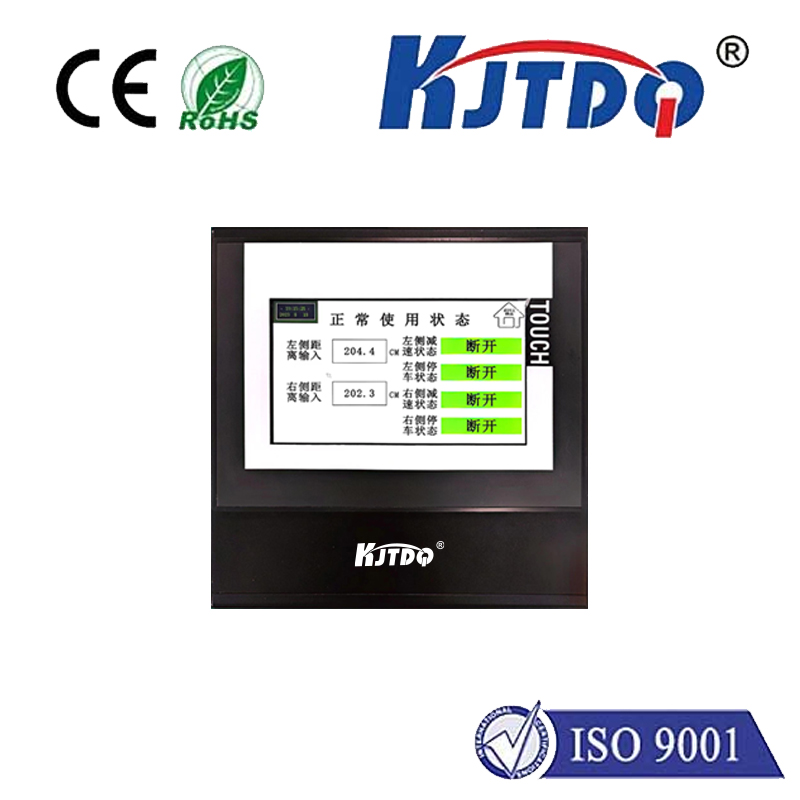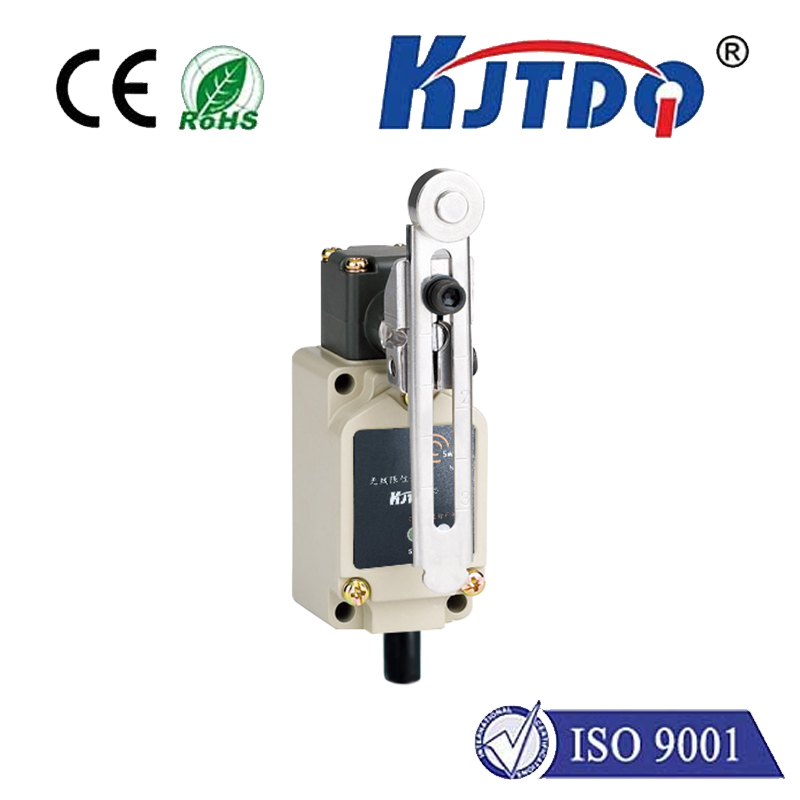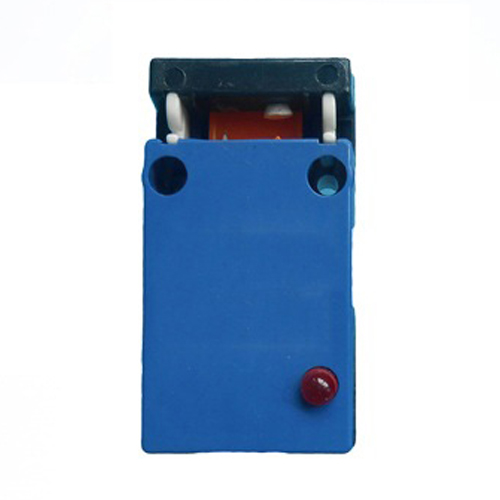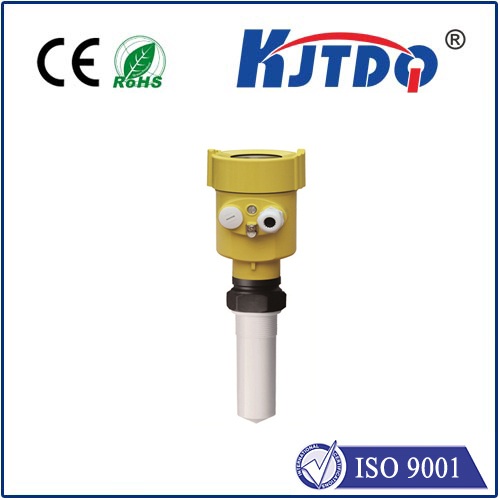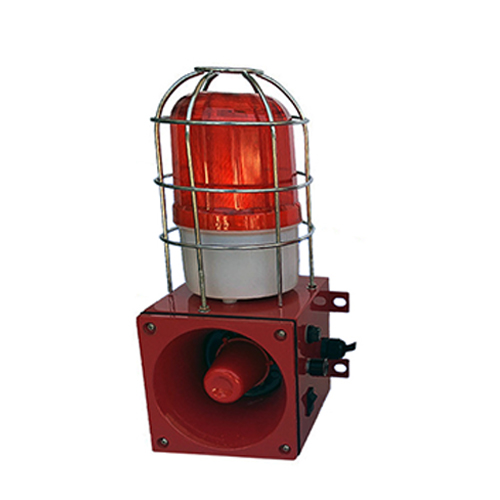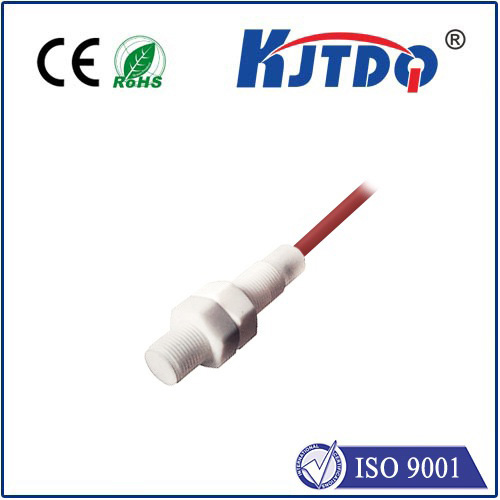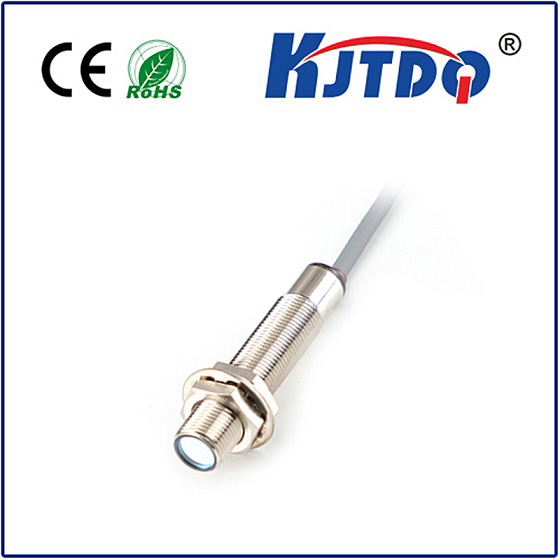ultrasonic proximity sensor price
- time:2025-07-19 08:24:34
- Click:0
Ultrasonic Proximity Sensor Price: Your Smart Buyer’s Guide
Understanding what drives the cost of ultrasonic proximity sensors is crucial for engineers, integrators, and hobbyists alike. From affordable hobby modules to rugged industrial workhorses, the price spectrum is surprisingly broad. Knowing the factors influencing ultrasonic proximity sensor price empowers you to find the perfect balance between budget and performance for your specific application, ensuring you don’t overpay or compromise on critical functionality.
Why the Huge Price Range? It’s All About Application
Walk into the world of electronics marketplaces, and you’ll find ultrasonic sensors ranging from under $5 for basic Arduino-compatible modules to well over $500 for specialized industrial-grade units. This vast disparity isn’t arbitrary; it directly reflects the sensor’s intended use, performance specifications, and build quality.
A simple ultrasonic proximity sensor designed for educational projects or basic obstacle avoidance in small robots operates on fundamentally the same principle as its industrial counterpart: emitting high-frequency sound waves and measuring the time for the echo to return. However, the execution, durability, precision, and environmental resilience demanded by different settings create significant cost variations. Understanding this differentiation is key to navigating the market effectively.
Key Factors Dictating Ultrasonic Proximity Sensor Price
Several critical elements directly impact how much you’ll pay:
- Performance Specifications:
- Range: Sensors detecting objects centimeters away are cheaper than those needing reliable operation over several meters. Longer range requires more powerful transducers and sophisticated signal processing.
- Accuracy & Resolution: High-precision applications (e.g., precise liquid level control, robotic positioning) require sensors with tight tolerances and advanced algorithms, significantly increasing ultrasonic sensor cost. Resolution (the smallest detectable distance change) also contributes.
- Beam Angle: Narrower beam angles provide better target discrimination but often cost more due to the transducer design and potential need for focusing elements. Wider beams are cheaper but less precise.
- Response Time: How quickly the sensor outputs a new reading after a detection changes. Faster response times are essential for high-speed automation and command a premium.
- Build Quality & Environmental Protection:
- Housing Material: Basic plastic enclosures suffice for benign indoor settings. Sensors destined for harsh industrial environments (with exposure to chemicals, oils, extreme temperatures, or physical impact) require robust metal or specialized plastic housings, driving ultrasonic proximity sensor price up.
- IP Rating (Ingress Protection): Resistance to dust and water is crucial for outdoor or washdown applications. An IP67-rated sensor (dust-tight and waterproof for temporary immersion) will cost significantly more than an unrated or IP54 version.
- Temperature Range: Standard sensors operate around 0°C to +70°C. Those rated for extreme cold (-40°C) or high heat (+85°C or beyond) use specialized components and undergo rigorous testing, increasing the price noticeably.
- Output Type & Integration Complexity:
- Analog Output (e.g., 0-10V, 4-20mA): Provides continuous distance information, often used in process control. More complex than basic digital outputs.
- Digital Outputs: Simpler (e.g., NPN/PNP switches) for presence/absence detection are cheaper. More advanced digital interfaces (RS-485, CAN bus, IO-Link) enable networking and diagnostics but add cost.
- Integrated Features: Sensors with built-in temperature compensation (for accurate readings despite ambient changes), self-cleaning capabilities, or configurable parameters via software often carry a higher ultrasonic sensor price tag due to added components and development.
Brand Reputation & Support:
Established brands with a long history in industrial automation (e.g., Pepperl+Fuchs, SICK, Balluff, Omron, Banner Engineering, IFM) typically command higher prices. This premium reflects proven reliability, extensive quality control, comprehensive technical documentation, global support networks, and longer warranties. Generic or lesser-known brands might offer lower initial ultrasonic proximity sensor prices but potentially carry higher long-term risk regarding consistency and support.
Quantity & Distribution Channel:
As with most components, buying in bulk usually yields significant unit cost savings. Buying directly from major manufacturers involves their pricing structures. Distributors (e.g., Digi-Key, Mouser, RS Components, automation specialists) offer wider accessibility but have their own margin. Comparing prices across reputable channels is essential. Online marketplaces (Amazon, eBay, AliExpress) can offer very low prices, but buyer beware: counterfeiting, inconsistent quality, and lack of reliable documentation/support are significant risks, especially for critical applications.
Navigating the Market: Finding the Right Value
- Define Your Needs Precisely: Before searching for ultrasonic proximity sensor price quotes, meticulously list your requirements: minimum/maximum detection range, required accuracy, environmental conditions (temperature, dust, moisture, chemicals), needed output type, response time, mounting constraints, and required certifications (e.g., ATEX for hazardous areas). Compromising unnecessarily on specs can lead to sensor failure; over-specifying leads to unnecessary expense.
- Prioritize Reliability for Critical Applications: In industrial settings where downtime is costly, investing in a higher-priced, rugged sensor from a reputable brand is usually far more economical than frequent replacements or production stoppages caused by cheaper, less reliable alternatives. The true ultrasonic proximity sensor price includes the total cost of ownership.
- Consider the Ecosystem: Does the sensor easily integrate with your existing PLCs or controllers? Are configuration tools user-friendly? Factor in ease of integration and setup time.
- Compare Quotes: Get pricing from multiple reputable distributors and, if feasible, direct from manufacturers. Ensure you are comparing sensors meeting the exact same specifications.
- Think Beyond the Unit Price: Factor in potential costs for mounting brackets, cables, connectors, and any necessary interface modules.
Typical Price Brackets (Estimates Only - Subject to Market Fluctuations)
- Basic Hobbyist/Educational: \(2 - \)15 USD. Short range (cm), basic digital (trigger/echo) or analog output, minimal/no environmental protection. Examples: HC-SR04 module, common in Arduino/Raspberry Pi projects.
- Light Industrial/General Automation: \(25 - \)150 USD. Moderate range (up to 1-2m generally, some up to 5m), better accuracy, options for analog or digital outputs (NPN/PNP), moderate IP ratings (IP65/IP67 common), wider temperature ranges. A significant portion of the market sits here.
- Robust Industrial/Purpose-Built: \(150 - \)500+ USD. Long range (5m+ possible), high accuracy & resolution, advanced outputs (IO-Link, CAN bus), high IP ratings (IP67/IP69K), extended temperature ranges (-40°C to +85°C+), specialized housings (stainless steel), advanced features (self-clean, temp. compensation). Designed for demanding environments and






